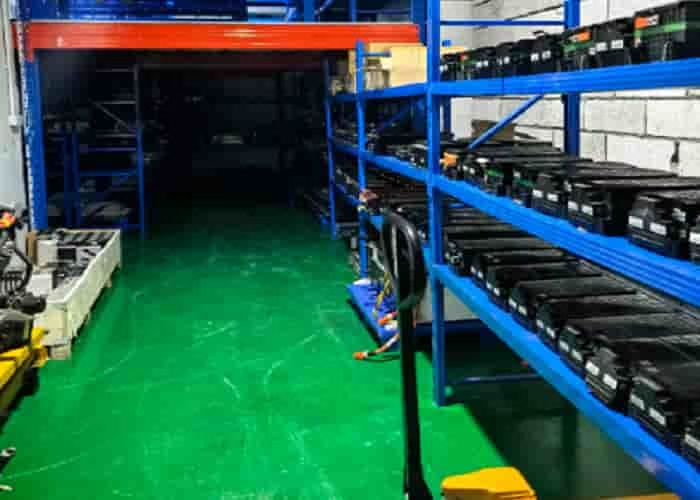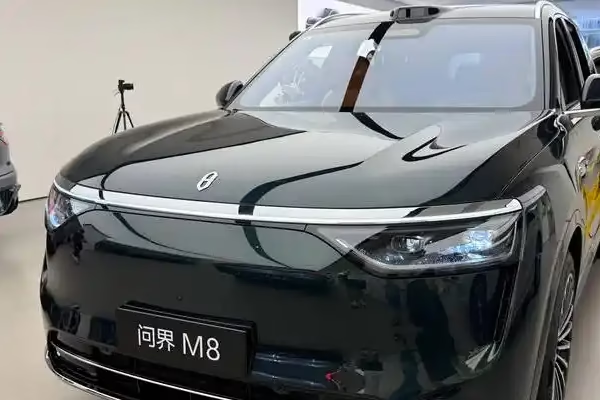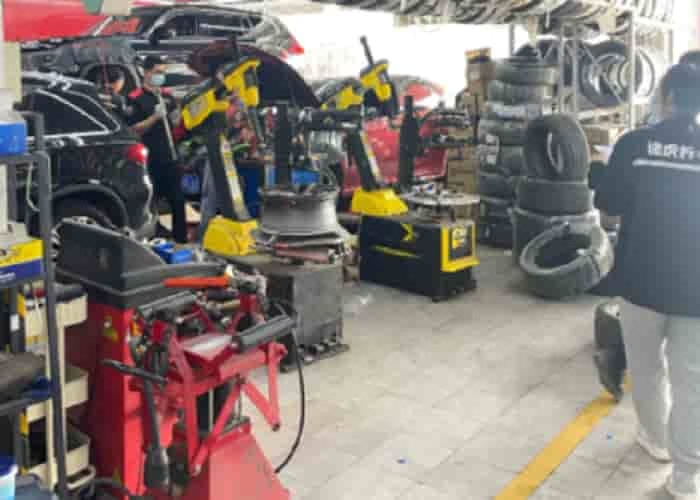Does Huawei’s pricing strategy for new energy vehicles strike a balance between technological superiority and market accessibility? Huawei’s pricing strategy for new energy vehicles achieves a deft equilibrium between technological edge and market affordability, ultimately fostering a market perception of ‘high-end technology made accessible to all’.
Huawei’s pricing logic consistently centres on technological value. Its core strength lies in translating R&D achievements in intelligent driving, smart cockpits, and three-electric systems into tangible user experiences. The advanced ADS 4.0 intelligent driving system integrates 192-line laser radar with 4D millimetre-wave radar for fusion perception, enabling features such as highway NOA and full-scenario parking.
The HarmonyOS intelligent cockpit builds differentiated competitiveness through fluid interaction, multi-device collaboration, and continuously evolving ecosystem services. These technological investments demand substantial R&D and manufacturing costs, which Huawei mitigates through mass production and ecosystem partnerships, thereby creating pricing flexibility.
Market accessibility relies on tiered pricing and comprehensive scenario coverage. Huawei’s multi-brand matrix caters to diverse consumer segments: flagship models establish technological benchmarks in premium markets, reinforcing brand premiumisation. This strategy not only expands user bases but also feeds algorithmic refinement through vast real-world driving data, creating a virtuous cycle of ‘hardware pre-installation + software iteration’.
The flexibility of Huawei’s pricing strategy is further demonstrated through precise responsiveness to market demands. Based on vehicle positioning, cost budgets, and technical requirements, Huawei offers a menu-style collaboration model ranging from individual component supply to full-stack solutions. Certain models focus on core intelligent driving and cockpit systems, controlling costs through simplified configurations.
Does Huawei’s pricing strategy for new energy vehicles strike a balance between technological advantage and market accessibility? Market feedback indicates its pricing approach has achieved significant success. Behind consumers’ real-world purchasing decisions lies recognition of the alignment between Huawei’s technological value and pricing. Huawei is driving the competition in the smart electric vehicle market towards a comprehensive contest of intelligent experiences, rather than a mere range contest, through its ‘technology for all’ approach.
















Leave a Reply